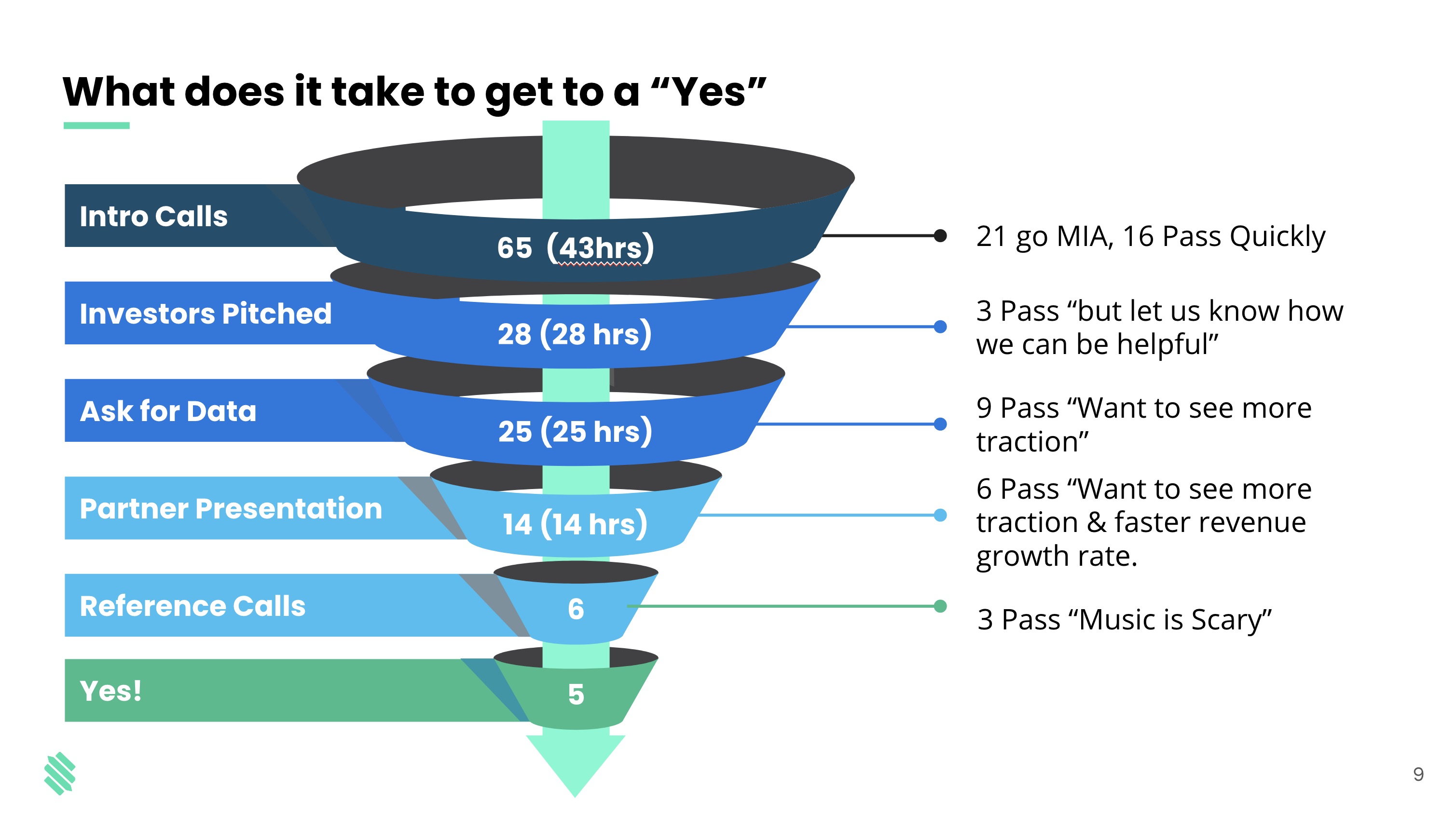“The Queen’s Gambit” is setting viewership records at Netflix, the streaming service said today.
Like all the viewership data that Netflix has released this year, these new numbers reflect how many people “chose to watch” — in other words, how many people watched at least two minutes of a given show or movie. In the case of “The Queen’s Gambit,” the number is 62 million households for the first 28 days of release, making it Netflix’s most popular scripted limited series ever.
You may have noticed some qualifiers there. “The Queen’s Gambit” beat out other limited series, like co-creator Scott Frank’s previous show “Godless,” but not Netflix’s biggest ongoing hits, such as “The Witcher” (76 million households watching season one). It also fell just a bit short of the limited-but-unscripted documentary series “Tiger King,” which reached 64 million households during its first four weeks.
The numbers are still pretty impressive for a series with what seems like a decidedly un-commercial promise — following a troubled young woman as she rises through the ranks of competitive chess, eventually challenging the Soviet Union’s world champion. But the series has benefited from excellent reviews (100% on Rotten Tomatoes) and the fact that it’s very, very good.
Indeed, its impact can be seen outside Netflix’s viewing numbers. The 37-year-old Walter Tevis novel on which it’s based has become a New York Times bestseller, while sales of chess sets have increased dramatically.
“Three years ago when Scott Frank … first approached us about adapting ‘The Queen’s Gambit’ — Walter Tevis’ 1983 book about a young chess prodigy — we felt it was a compelling tale,” Netflix’s vice president for original series Peter Friedlander wrote in a blog post. “Beth is an underdog who faces addiction, loss and abandonment. Her success — against the odds — speaks to the importance of perseverance, family, and finding, and staying true to, yourself.”


